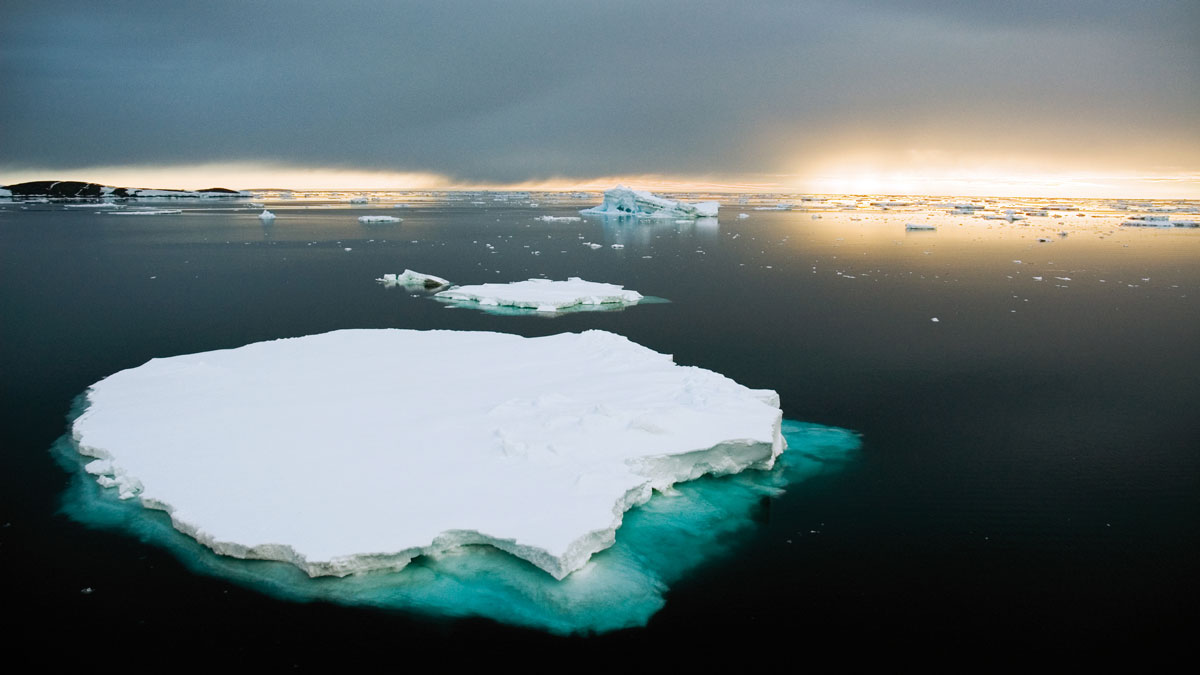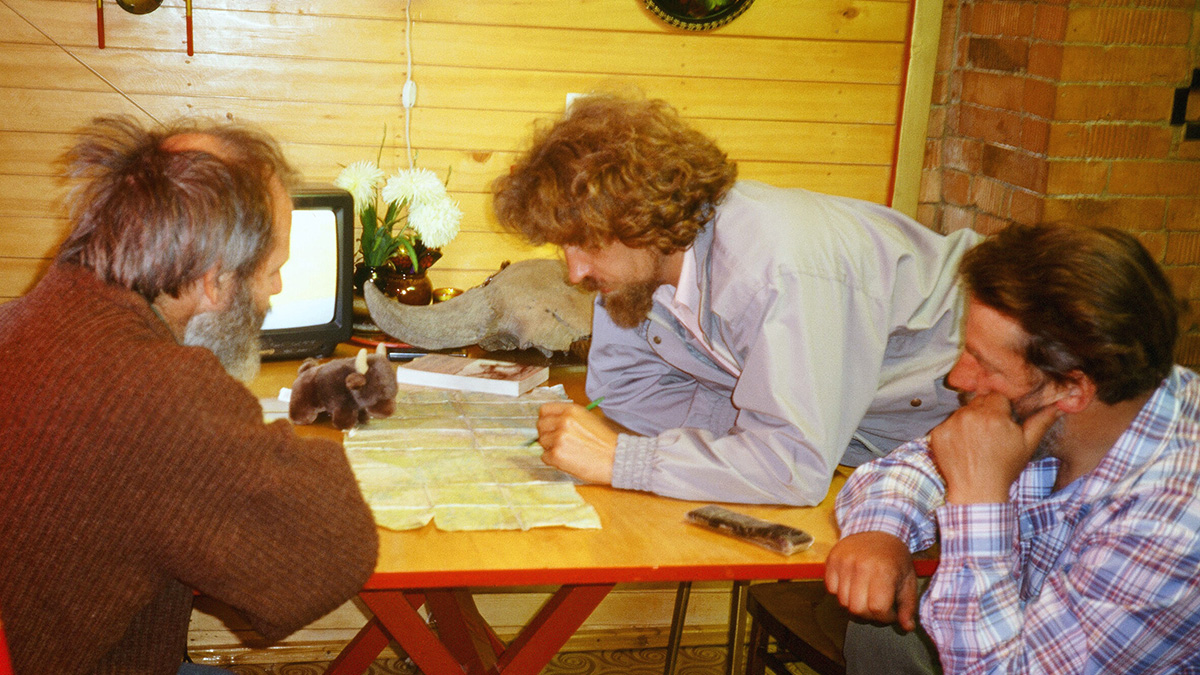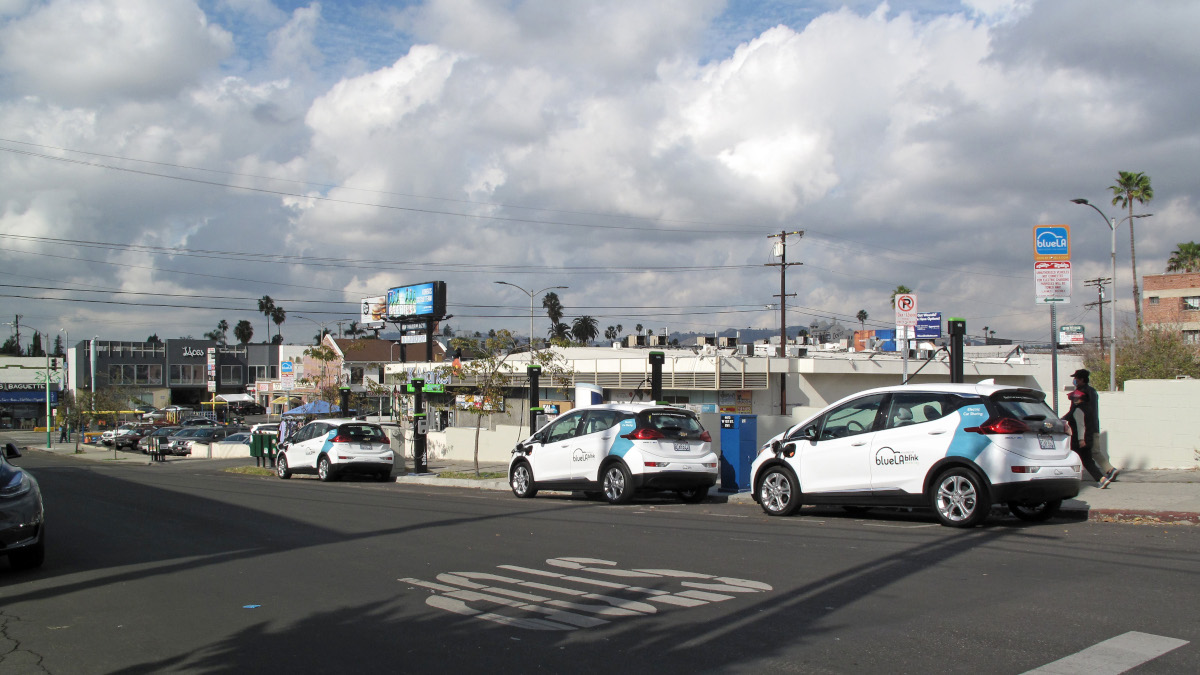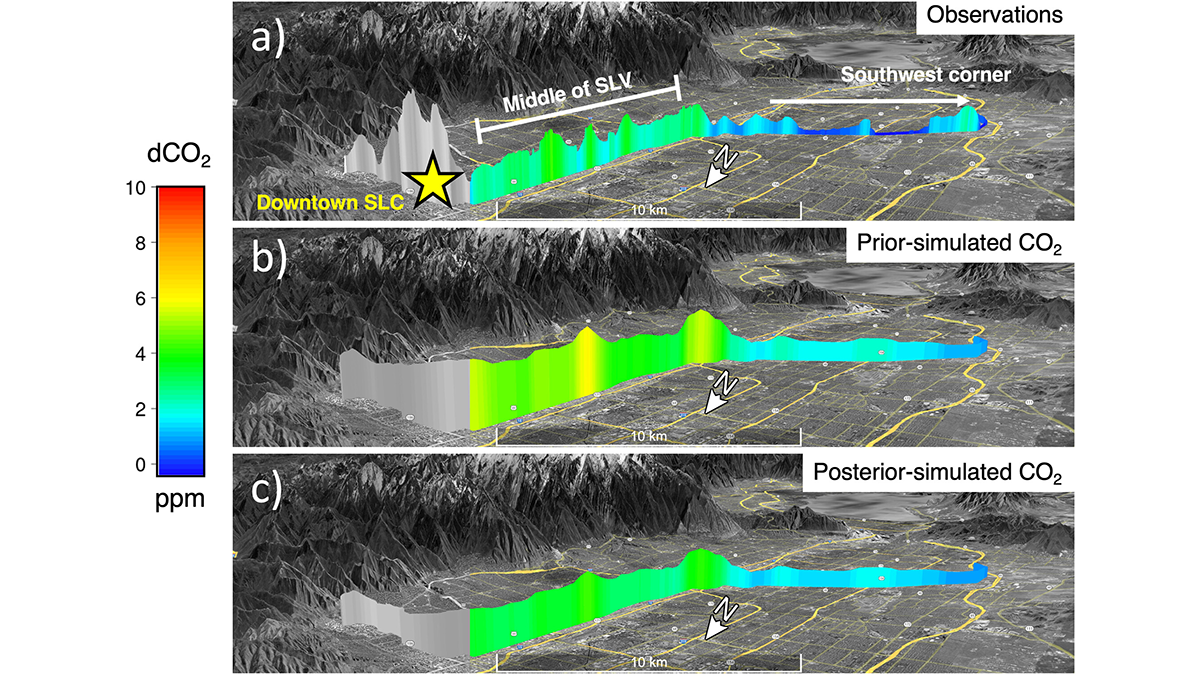Unless we rapidly reach net zero emissions, the climate will inch closer to a point of no return—even after greenhouse gas emissions are reduced.
carbon emissions
Adding Oxygen to a Lake to Explore Methane Emissions
A rare whole-lake experiment suggests that in some cases, low-oxygen conditions may have a smaller impact on methane release to the atmosphere than previously thought.
Gently Down the Stream: Carbon’s Journey from Land to Sea and Beyond
Movement of carbon from land to ocean and atmosphere plays an important, but understudied, role in the global carbon cycle.
South American Rainforests Are on the Brink of Becoming Carbon Sources
Plants’ ability to stock carbon ceased during the 2015–2016 El Niño, as temperatures skyrocketed and trees died.
How You Make Money Matters When It Comes to Carbon Emissions
Investment income is associated with more carbon emissions in the United States.
Как необычная дружба разрушила мифы о вечной мерзлоте
“Прекрасные долгие споры” между американским ученым и российским исследователем помогли прояснить несколько фундаментальных предположений о таянии вечной мерзлоты.
Better Bottom-Up Estimates of Wetland Methane Emissions
Limited monitoring of methane emissions from tropical wetlands could be obscuring these environments’ role in climate change.
Drought Leads to More Fossil Fuel Emissions
Hydropower lost in one area is often replaced by fossil fuel power produced elsewhere—and renewable energy sources may struggle to meet electricity demands caused by more frequent dry spells.
Los beneficios desiguales de la transición a vehículos eléctricos en California
Un repunte en vehículos limpios ha mejorado más la calidad del aire en comunidades adineradas en comparación con comunidades marginalizadas de California, muestra un nuevo estudio.
Tracking Human CO2 Emissions from Medium-Sized Cities
Atmospheric inverse models, combined with observations, successfully tracked modest CO2 emission reductions in Salt Lake City during the first COVID-19 lockdown in 2020.










